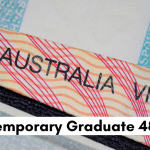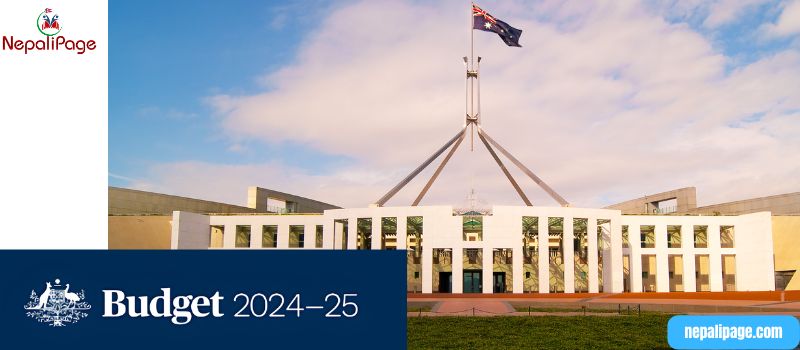
Omer Yezdani, Australian Catholic University
The Strategy for International Education released today by the federal government highlights the importance of international education to the Australian economy and community.
But, with the arrival of COVID-19, commencing international student numbers fell dramatically by 22% in 2020. The impacts prompted the government to further rethink its ten-year plan for international education and exposure to risks in foreign markets, not to mention sector-wide budget overhauls, restructures and cost savings.
Over the past ten years, international education in Australia had grown by 151% to the highest levels on record. International student numbers reached a peak of more than 956,000 in 2019.
International education has been a major export earner. Its value to the economy had grown to A$40.3 billion a year and supported 250,000 jobs.
Why is a new strategy needed?
Despite being a major source of revenue, international students have been highly concentrated in some universities. And most come from a limited number of source countries.
Before the pandemic, six universities accounted for half of all overseas student revenue: Sydney, Melbourne, Monash, UNSW, RMIT and UQ.
Following public consultations under the Council for International Education, the government has released the new strategy. It’s based on four pillars:
- diversification
- meeting Australia’s skills needs
- students at the centre
- growth and global competitiveness.
The pandemic has been a key driver for rethinking the strategy. However, it has served as an amplifier of the need for reform rather than the sole rationale.
In its 2019 report to the prime minister, the Council for International Education had already recommended a new plan. It highlighted concerns about increased competition, the sustainability of the sector and geopolitical rebalancing.
The report portrayed a major success story for Australian international education. It noted double-digit growth in the Philippines, Saudi Arabia, India and Sri Lanka. However, it also noted softening demand in other key markets, particularly China.
The risk of over-concentration in source countries was evident, but seriously underemphasised at the time. And this concern was connected mainly to worries about foreign interference and geopolitical tensions.

DESE
A renewed focus on managing risks
The new strategy aims for the sector to reposition itself to increase offshore and transnational education. Typically, one in five international students study in these ways. Transnational education is often delivered through offshore campuses or in partnership with an overseas institution.
The strategy seeks greater diversity of courses, disciplines, source countries and delivery modes. The outcomes are to be measured through a diversification index, greatly increasing transparency for the sector.
Often a source of complex risk, increased transnational education and sustained offshore study may require the higher education regulator, TEQSA, to review its approach. Its guidelines were last updated in October 2017.
In addition, the expansion of Australia-based transnational education may face increased global competition from other offshore providers.
For universities to diversify into new markets they will have to manage a risk associated with limited market knowledge. Market concentration has meant Australian universities have become geo-market experts with a focus on particular countries. This approach is ingrained into university operations, strategic aspirations and global partnerships.
Adopting the jack-of-all-trades approach that “everyone diversity” may require additional government efforts to avoid simply transferring the risk of market concentration to other risks to quality arising from limited market knowledge and a lack of geo-market specialisation.
One assumes the pathway to diversification is not only growth but also better distribution of international student demand across universities. This will require smaller universities to take on a greater share of Chinese and Indian student enrolments, now concentrated in the larger universities.
Engagement and a sense of belonging matter too
The move to off-campus studies had major impacts on student satisfaction in 2020, as measured by the Quality Indicators of Learning and Teaching (QILT). While universities were quick to adapt, learner engagement and sense of belonging deteriorated. These trends were key drivers of the decline in satisfaction.
A challenging aspect of the strategy is to reconcile its goals of increased transnational and offshore education while at the same time increasing the sense of belonging to Australian communities, and managing risks to quality. Such a result appears to be operationally counter-intuitive.
A question that requires further detail is how the government plans both to enhance its regulatory framework to allow for greater flexibility and to cultivate greater capabilities across the sector in online, offshore and transnational education.
As the strategy notes, international education is one of Australia’s great success stories. At the heart of that story is the realisation of ambition for millions of students who have lifted themselves from poverty, learned new skills and joined a global community. The real test of whether the strategy holds water is if it satisfies its most central asset – our students.![]()
Omer Yezdani, Director, Office of Planning and Strategic Management, Australian Catholic University
This article is republished from The Conversation under a Creative Commons license. Read the original article.











